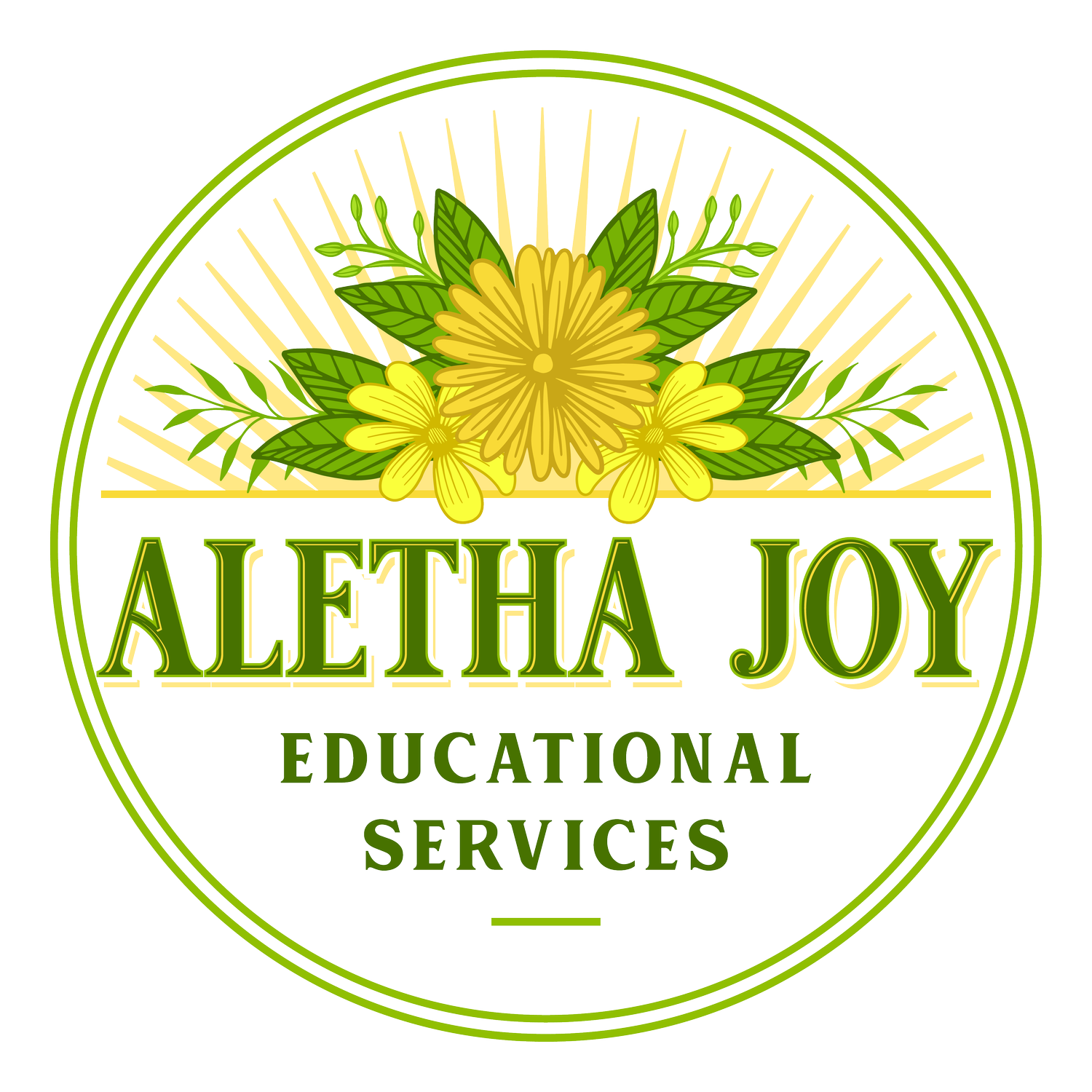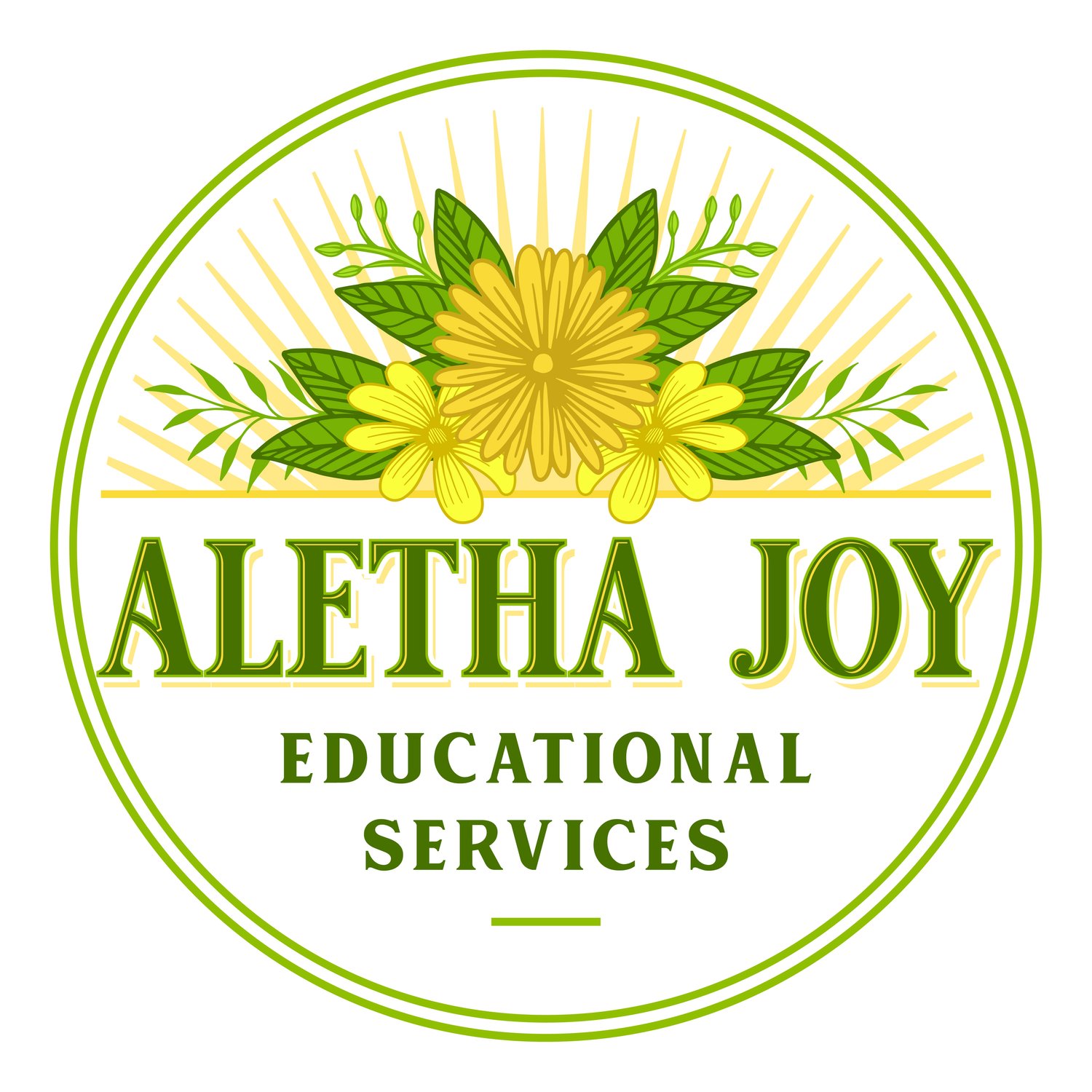Screening for Reading Difficulties is only the First Step
California schools will begin annual universal screening for reading difficulties in grades K-2 in the 2025-2026 school year.
Beginning this year California Education Code Section 53008 requires schools to screen students in kindergarten, first, and second grade for risk of reading difficulties. This marks an important first step in supporting all students who are struggling to read. A screener is a brief assessment that may indicate the need for further testing. Schools will screen K-2nd grade students at least once a year and provide parents with a report of the results.
What happens after students are identified for being at risk?
The screening results identify students who need early intervention. Schools operate under multi-tiered systems of support (MTSS), which is a framework for improving student success in schools. The MTSS framework classifies instruction into three levels or tiers of support. Tier 1 is whole-class instruction for all students. It should be high-quality and meet the needs of 80% of students. Tier 2 is small-group intervention for students not making progress with Tier 1 instruction. Tier 2 instruction accounts for 15% of students. Students who need more intensive instruction receive support through Tier 3 intervention. Tier 3 intervention is provided with greater intensity (i.e., smaller group size and/or greater frequency).
While the reading difficulties screener does not diagnose dyslexia, annual universal screening for students in grades K-2 will identify students at risk of reading failure including students with undiagnosed dyslexia. According to The Yale Center for Dyslexia & Creativity, dyslexia affects 20 percent of the population.
Students with Dyslexia need Dyslexia Specialists
Dyslexia is a neurobiological disorder that contributes to reading difficulties. A more thorough understanding of neurobiological differences can help educators and other professionals in developing interventions customized to the needs of dyslexic students (Mather & Wendling, 2024). Students with learning disabilities such as dyslexia need explicit and systematic, multisensory instruction provided by a highly skilled individual such as a Certified Academic Language Practitioner (CALP) or Certified Academic Language Therapist (CALT).
Early identification is crucial, but it is not enough. The next step in meeting the needs of all students is for the state of California to provide funding for training dyslexia specialists in public schools.
Mather, N., & Wendling, B.J. (2024). Essentials of Dyslexia Assessment and Intervention (2nd ed.) John Wiley & Sons.
https://dyslexia.yale.edu/dyslexia/what-is-dyslexia/
https://www.altaread.org/about/what-is-calp/
https://www.altaread.org/about/what-is-calt/


